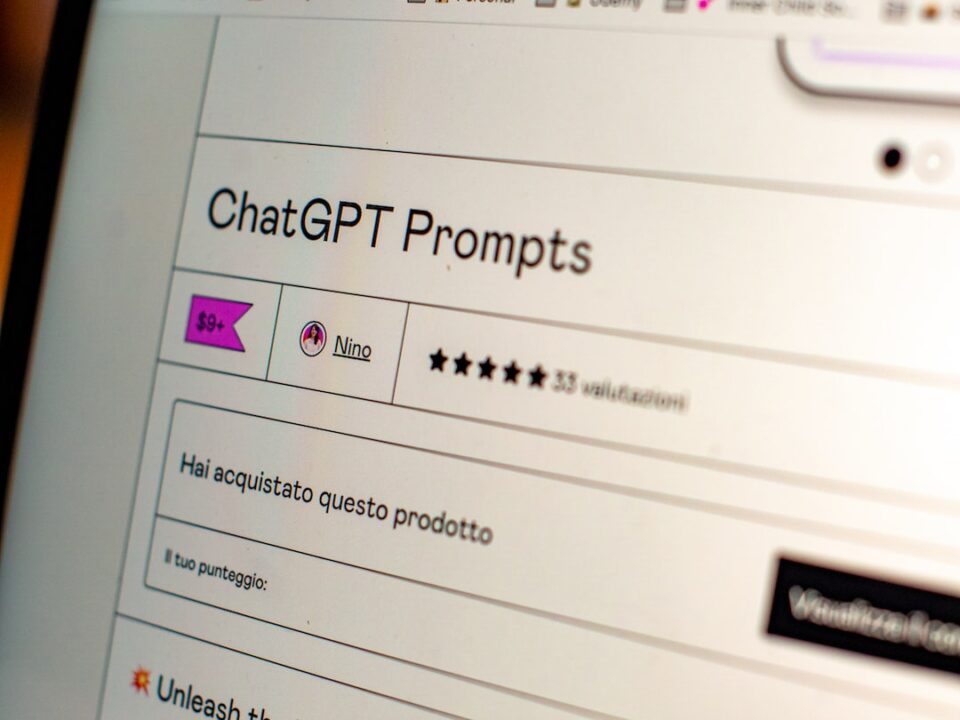The world is changing, and so is the way we learn. Education does not have to be face-to-face, on campus anymore. E-learning has revolutionized how we can learn by providing a platform where students and learners can access and participate in courses and training programs remotely and at their own pace. E-learning is also implicated in the way certifications and licenses are evolving to match the needs of the modern workplace. In this blog post, we will explore how e-learning is changing the way we think about certifications and licenses.
Certifications and licenses are formal recognition of a person’s ability to perform certain tasks or skills in a particular field or industry. In the past, certifications and licenses were obtained through face-to-face training, which meant that learners had to be present in a physical classroom. However, with the advent of e-learning, learners can acquire these qualifications from the comfort of their homes, using technology to facilitate learning.
E-learning has significantly changed the way we think about certifications and licenses. While traditional methods of obtaining these credentials include attending seminars, workshops, and training programs, e-learning offers another mode of obtaining these qualifications. Online training programs and courses offer a flexible and cost-effective alternative to classroom training. E-learning redefines lifelong learning, and certifications and licenses acquired through online training programs are becoming the norm in today’s job market.
One of the significant ways e-learning has impacted how we acquire certifications and licenses is by making education accessible to everyone. In the past, individuals who lived in remote areas or did not have the financial means were not able to obtain certifications and licenses. However, with e-learning, learners from any part of the world can take part in online courses or training programs. Learners only need a computer or mobile device and an internet connection to participate. This trend has made it possible for individuals from low-income backgrounds to attain the same professional qualifications as those from more economically stable backgrounds.
E-learning has made it possible for learners to acquire certifications and licenses at their own pace. In the past, traditional classroom training was structured in a way that learners had to follow the same schedule as everyone else. This could be challenging for individuals who had other commitments or could not keep up with the pace of the course. E-learning offers a flexible schedule, allowing learners to complete their courses and training programs at their own pace. This means that learners can take more time to understand the material and focus on areas where they require more attention or revision.
Another way e-learning is changing the way we think about certifications and licenses is by making them less expensive. In the past, acquiring a certification or license through traditional classroom training could be quite costly. Individuals had to pay for tuition fees, accommodation, and travel expenses. E-learning removes the need for these expenses, making it an affordable alternative to traditional classroom training. E-learning has also made it possible for organizations to offer training programs and certifications in-house, reducing the cost of training for both employees and employers.
E-learning has made it possible for learners to acquire certifications and licenses in a more interactive and engaging way. Traditional classroom training can become monotonous and repetitive, leading to boredom and disengagement. E-learning offers learners a chance to learn through videos, games, simulations, and animations, making the experience more interactive and entertaining. Interactive learning keeps learners engaged and helps them to retain information better.
As technology advances, e-learning platforms are becoming more advanced, offering new ways for learners to acquire certifications and licenses. Gamification is becoming a popular technique in e-learning, using games to teach skills and knowledge. Learners are rewarded for completing challenges, making the learning experience fun and intuitive. Gamification creates a sense of competition, motivating learners to complete courses and training programs with an added level of enthusiasm.
E-learning is also impacting how certifications and licenses are assessed. Traditional methods of assessment typically involve written or oral exams that test the learner’s knowledge. However, e-learning is offering more interactive assessment techniques that test learners in practical situations, creating a more realistic testing environment. These practical scenarios mimic real-life situations and assess the learner’s skills and abilities in a more accurate way, making certifications and licenses more valuable in the workplace.
In conclusion, the rise of e-learning has revolutionized how we think about certifications and licenses. E-learning offers a flexible, cost-effective, and engaging alternative to traditional classroom training, making education accessible to anyone at any time. Learners can acquire certifications and licenses at their own pace, through interactive and engaging learning environments that help them to develop practical skills and knowledge. As technology advances, the field of e-learning is set to revolutionize how we think about education and professional qualifications further. The future looks bright for those who seek to learn and grow in an ever-changing world.

